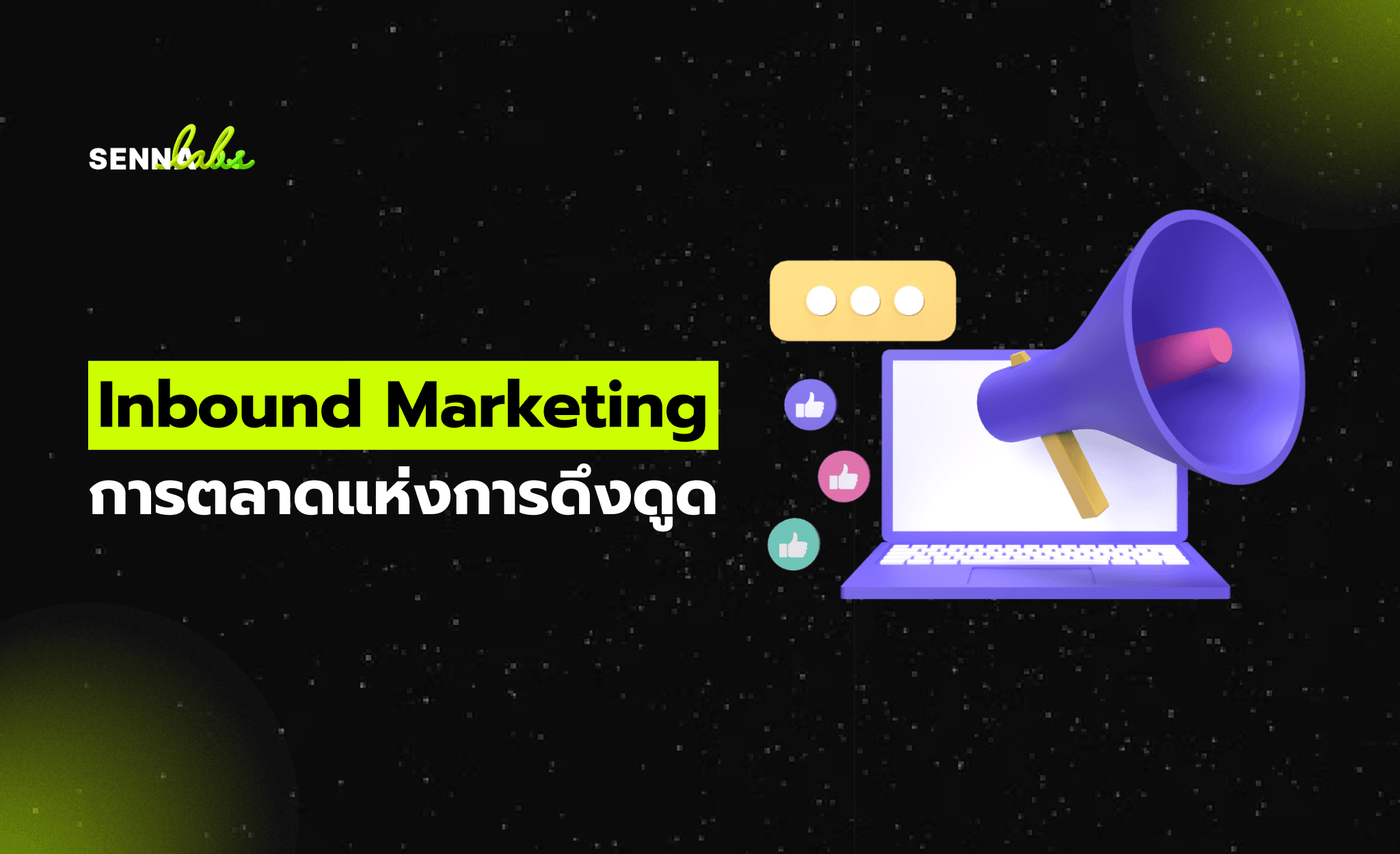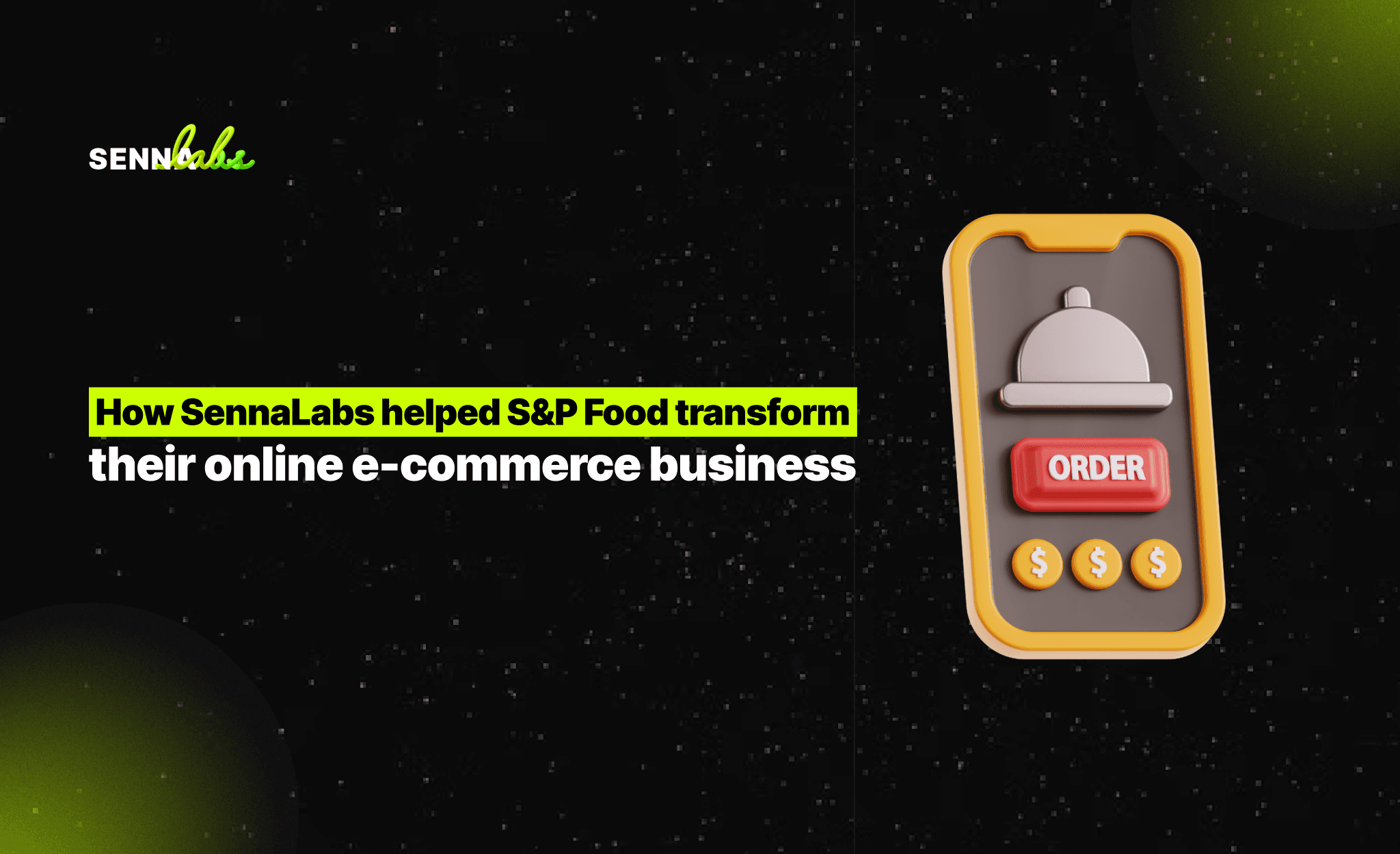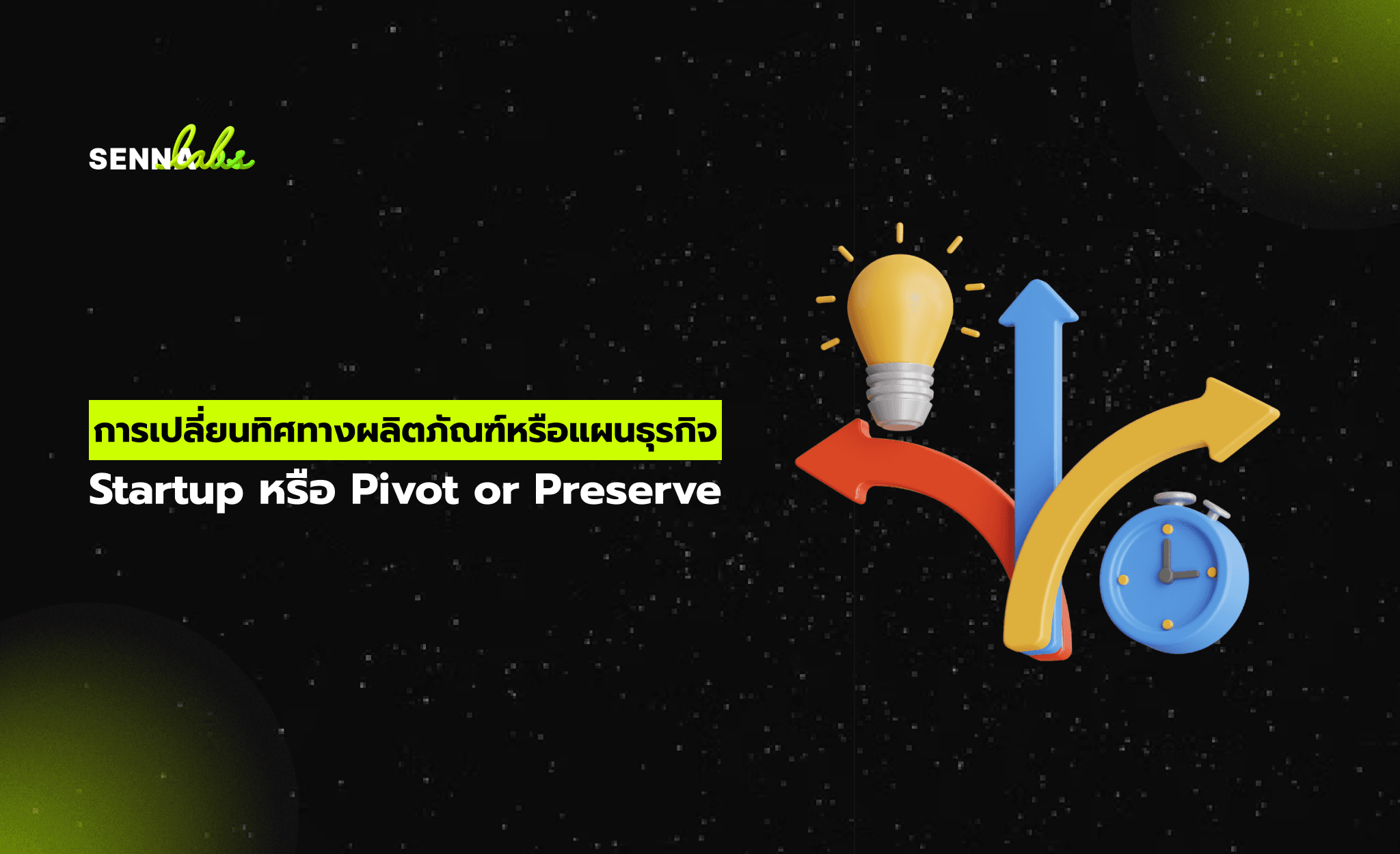Streamlining Business Operations with AI-Powered Automation
Share

The modern business landscape is more dynamic and competitive than ever, requiring organizations to optimize their operations for efficiency, cost-effectiveness, and scalability. AI-powered automation has emerged as a game-changing solution, helping businesses streamline workflows, reduce manual effort, and enhance decision-making processes. By leveraging artificial intelligence (AI), companies can automate repetitive tasks, improve operational accuracy, and focus on high-value initiatives that drive growth.
This article explores how AI-powered automation is transforming business operations, the key benefits it offers, and how organizations can implement it effectively across various industries.

The Role of AI in Business Automation
AI-powered automation combines machine learning, natural language processing (NLP), and robotic process automation (RPA) to perform tasks traditionally handled by humans. Unlike traditional automation, which follows rigid rule-based instructions, AI enables systems to adapt, learn from data, and make intelligent decisions.
Key Areas Where AI is Driving Automation:
-
Process Automation – AI automates repetitive administrative tasks like data entry, invoice processing, and customer support ticketing.
-
Predictive Analytics – AI analyzes historical data to predict trends, allowing businesses to make proactive decisions.
-
Cognitive Automation – AI understands context and human language, making processes like chatbots, virtual assistants, and document processing more intelligent.
-
Decision Support – AI-powered systems provide recommendations and insights based on real-time data, improving strategic planning.
Benefits of AI-Powered Automation in Business Operations
AI-powered automation delivers significant advantages that improve productivity, efficiency, and customer satisfaction. Some of the key benefits include:
1. Enhanced Efficiency and Productivity
AI streamlines business processes by eliminating manual, repetitive tasks. Employees can focus on more strategic and creative work while AI handles routine operations. This results in higher productivity and optimized resource allocation.
Example:
AI-powered automation in HR can process job applications, screen resumes, and even schedule interviews, reducing administrative workload.
2. Cost Savings and Reduced Human Error
Automating processes reduces the need for manual intervention, minimizing errors and improving accuracy. This leads to cost savings in labor, operational expenses, and compliance penalties.
Example:
AI-driven finance tools automate invoice processing and fraud detection, ensuring financial accuracy and regulatory compliance.
3. Faster Decision-Making with Data-Driven Insights
AI-powered analytics tools help businesses make informed decisions by providing real-time insights. Predictive analytics enables companies to anticipate market changes, customer preferences, and operational bottlenecks.
Example:
Retail businesses use AI to predict demand, optimize inventory levels, and prevent stock shortages or excess supply.
4. Improved Customer Experience
AI chatbots, virtual assistants, and personalized recommendations enhance customer service by providing instant, accurate responses and tailored interactions. Businesses can offer 24/7 support, improving customer satisfaction.
Example:
E-commerce platforms use AI to recommend products based on user behavior, increasing conversion rates.
5. Scalability and Flexibility
AI automation allows businesses to scale operations without significantly increasing costs. Automated workflows can handle increased workloads without additional human resources.
Example:
Cloud-based AI automation enables IT teams to manage software updates, cybersecurity threats, and system maintenance with minimal human intervention.
Use Cases: How AI Automation is Transforming Industries
AI-powered automation is revolutionizing various industries by enhancing efficiency, reducing costs, and improving decision-making.
1. Finance & Accounting: Automating Transaction Processing
-
AI-powered tools automate financial reporting, invoice processing, and fraud detection.
-
Chatbots assist with customer inquiries related to loans, payments, and account management.
Example:
AI-driven fraud detection systems monitor transactions in real-time and flag suspicious activities.
2. Healthcare: AI for Administrative Efficiency
-
AI automates appointment scheduling, patient record management, and billing.
-
AI-powered diagnostics assist doctors in identifying diseases faster and more accurately.
Example:
Healthcare providers use AI chatbots to answer patient queries and schedule virtual consultations.
3. Manufacturing: Smart Automation in Production
-
AI-powered robotics streamline assembly lines and automate quality control.
-
Predictive maintenance reduces machine downtime by detecting potential failures.
Example:
AI sensors in factories predict equipment breakdowns, enabling proactive maintenance and minimizing disruptions.
4. Retail: AI-Driven Inventory and Customer Engagement
-
AI optimizes inventory management by analyzing customer demand and predicting restocking needs.
-
Personalized marketing automation delivers targeted promotions and offers.
Example:
AI chatbots provide product recommendations and assist customers with order tracking and returns.
5. Human Resources: Enhancing Recruitment and Employee Engagement
-
AI-powered tools screen resumes, conduct initial interviews, and provide employee sentiment analysis.
-
Automated onboarding processes streamline training and documentation.
Example:
AI algorithms match job applicants with the best-fit roles based on skill analysis.
6. Logistics & Supply Chain: Smart Route Optimization
-
AI-powered logistics platforms analyze traffic patterns, weather conditions, and delivery routes for optimized shipping.
-
AI automates warehouse operations, improving inventory tracking and fulfillment speed.
Example:
AI-driven route planning reduces fuel costs and delivery delays for e-commerce companies.
Steps to Implement AI-Powered Automation in Your Business
To successfully integrate AI automation, businesses must take a structured approach. Here’s a step-by-step guide:
Step 1: Identify Automation Opportunities
-
Assess business processes to determine areas that are repetitive, time-consuming, and prone to errors.
-
Prioritize tasks that will yield the highest ROI when automated.
Step 2: Choose the Right AI Tools and Technologies
-
Select AI automation tools that align with your business needs, such as AI chatbots, RPA software, or predictive analytics platforms.
-
Evaluate cloud-based AI solutions for scalability and cost-efficiency.
Step 3: Integrate AI with Existing Systems
-
Ensure seamless integration with existing enterprise systems like CRM, ERP, and HR management software.
-
Use APIs to connect AI automation tools with internal business applications.
Step 4: Train Employees and Foster AI Adoption
-
Educate employees on AI automation tools and how they enhance workflows.
-
Address concerns related to AI adoption and emphasize collaboration between AI and human teams.
Step 5: Monitor Performance and Optimize Continuously
-
Set KPIs to measure AI automation success, such as efficiency gains, cost reductions, and customer satisfaction levels.
-
Continuously refine AI models based on real-time data and user feedback.
Challenges in AI-Powered Automation and How to Overcome Them
While AI automation offers significant benefits, businesses may face challenges during implementation. Here’s how to address them:
1. Data Privacy and Security Concerns
-
Solution: Implement robust cybersecurity measures, data encryption, and compliance protocols like GDPR.
2. Resistance to Change from Employees
-
Solution: Provide training and emphasize AI as a tool that enhances productivity rather than replacing jobs.
3. High Initial Investment Costs
-
Solution: Start with pilot projects and scale AI automation incrementally to manage costs effectively.
4. Integration Complexity
-
Solution: Use AI platforms with API capabilities that allow seamless integration with existing business systems.
5. Ensuring AI Accuracy and Reliability
-
Solution: Continuously train AI models with high-quality data and refine algorithms based on real-world feedback.
The Future of AI-Powered Business Automation
As AI technology advances, its role in business automation will continue to expand. Key trends shaping the future of AI automation include:
-
Hyperautomation:
-
The convergence of AI, RPA, and analytics to automate complex business processes end-to-end.
-
AI-Powered Decision Intelligence:
-
AI will assist executives in making data-driven decisions faster and more accurately.
-
Autonomous AI Systems:
-
AI will automate real-time operations in industries like manufacturing, logistics, and finance with minimal human oversight.
-
Conversational AI for Customer Engagement:
-
AI chatbots will become more advanced, offering near-human interactions and multilingual support.
-
AI and Blockchain for Secure Transactions:
-
AI-driven fraud detection and blockchain integration will enhance financial security.
Conclusion
AI-powered automation is revolutionizing business operations by enhancing efficiency, reducing costs, and improving decision-making. From finance and healthcare to retail and logistics, AI-driven solutions are helping organizations streamline workflows and deliver superior customer experiences. While challenges exist, a well-planned AI automation strategy can unlock immense value, positioning businesses for sustainable growth in an increasingly digital world.

Share

Keep me postedto follow product news, latest in technology, solutions, and updates
Related articles
Explore all


